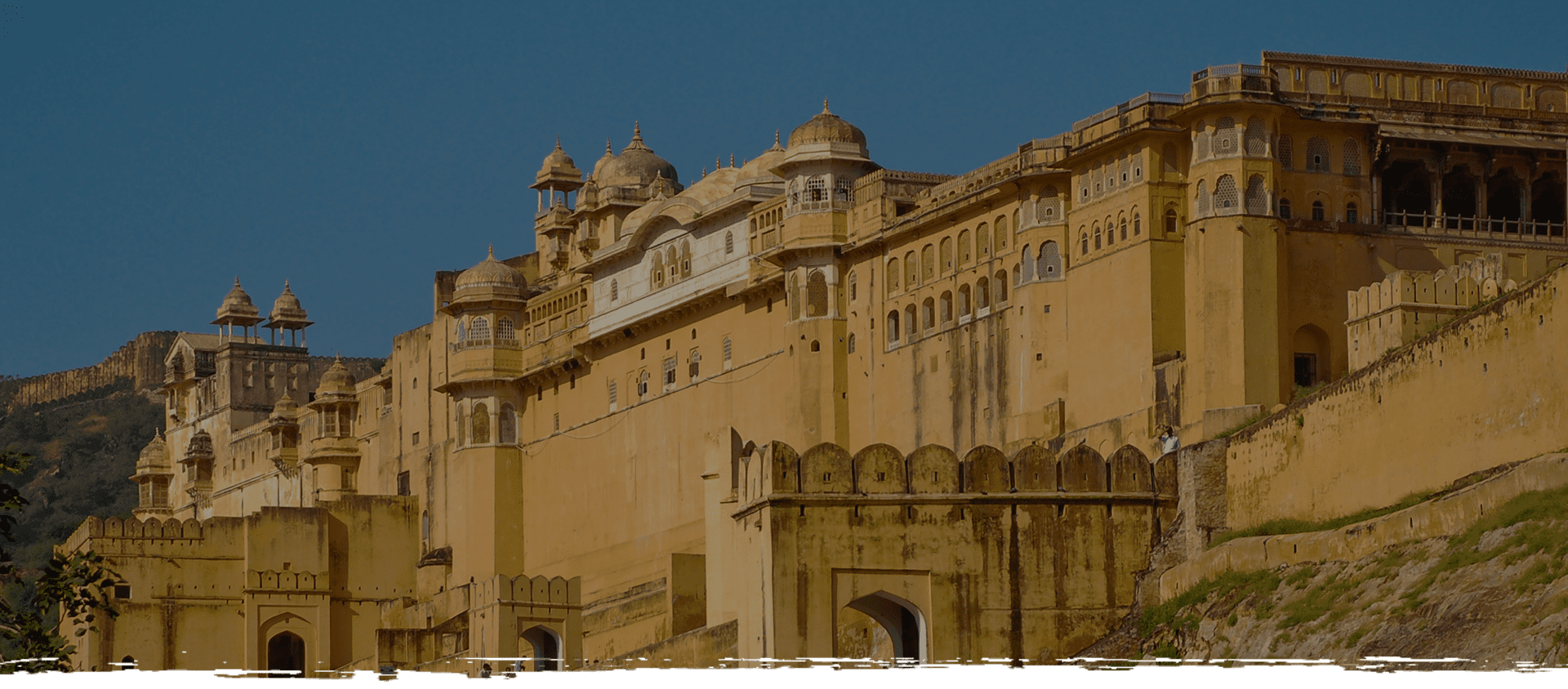

India is known for its ancient forts, monuments, heritage, and culture which attract people across the globe towards it along with exploring and relishing the architectural craftsmanship that the forts, palaces, and monuments display. Most of the forts in India are castles, fortified palaces, or fortresses; but when the British Government in India was classifying the defences in the 17th to 19th century, they were termed ‘forts’ which then gradually became the common description across India. In local languages, the names of the fort are suffixed by the Sanskrit word ‘Durg’, or Hindi word ‘Qila’, while the words ‘Garh’ or ‘Gad’ in Rajasthan, Maharashtra, and Assam are common.
Classification of forts according to their physical nature has been described by a political and administrative treatise ‘Arthsashtra’ which belongs to the ancient period of Indian history. Such classification is regarded as excellent and plays a significant role in understanding Indian subcontinent forts even today. While this classification is of ancient times, there is also another classification which is based on utility types.
Ancient Classification of Forts:
There are six main types of forts which are bifurcated by their modes of defence and surroundings, and these are:
Water Fort / Jala Durg : this is surrounded by water bodies that could be natural or artificial. Due to this, these are two types: Antardivpa-Durg (Island Fortress) surrounded by river/sea and Sthala-Durg (Plain Fortress) surrounded by artificial moats, lakes, or irrigated by a river. Some of the best water forts are:
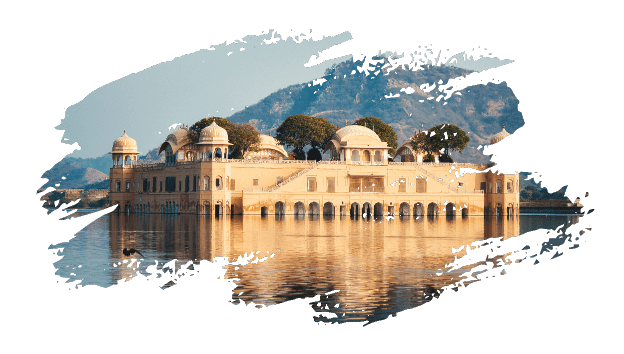
Hill Fort / Giri Durg : This type is located on the summit of a hill or a valley that is encircled by hills. There are three types: Prantara-Durg, Giri-Parshva-Durg, and Guha-Durg. Among them, the most common is the Prantara-Durg which is placed on a flat hill summit. Few of the forts worth mentioning Giri Durg are:

Forest Fort / Vana Durg : this is a fortress that is surrounded by dense and impassable forests on all sides thereby becoming a preliminary line of defence. This has two variations: Khanjana-Durg which is built on a fen and encircled with thorny forests and the other one is Sthambha-Durg which is built in a museum among tall trees and lacks enough water supply. List of the few beautiful forest forts are:

Desert Fort / Dhanu Durg : These forts are found in a parched area without grass, trees, or any sources of water over 73 km and due to this these are also termed Waterless Fortress (Nirudaka-durg). Being surrounded by an arid stretch of land restricts the easy movement of enemies. In India, some of the best desert forts to visit are:
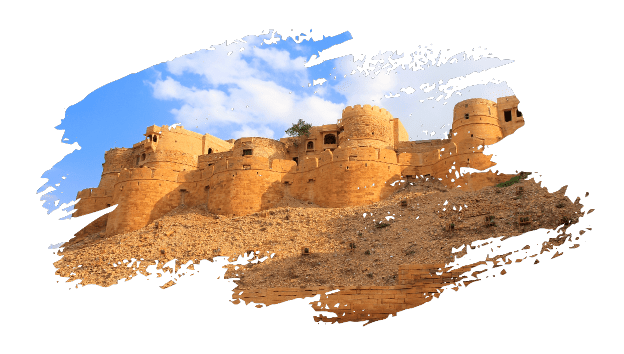
Mud or Earthen Fort / Mahi Durg : This is a fort protected with earthen walls and ramparts. These have three variants – Mrid-Durg, encircled with earthen walls; Panka-Durg, protected by fens or quicksand; and Parigha-Durg, surrounded by earthen walls made of bricks and stones. Some of the worth mentioning forts are:
Human Fort / Nri-Durg : This is a fort protected by soldiers. A city fortress defended by a large loyal army of warriors, i.e., to say this type of fort primarily relies on manpower.

While the categorisation is simple and clear, many times some of the forts display a combination of some of these categories. For example, the Jaisalmer Fort is both a hill and a desert fort, the Kalinjar Fort is a Hill and a forest fort, and the Gagron Fort of Rajasthan combines the features of being a hill and water fort.
Apart from their structure and architecture, these forts bring forth the glories of our past with stories of wins and defeats of the Kings captured in the walls of these monuments. Buildings of the forts were not only influenced by the terrain they were situated in but also highlighted the culture and aesthetic abilities of the ruling classes that built them. The incredible diversity of the landscape along with our cultural heritage and multifaceted political standing can easily hint at the innumerable variety of forts that India might have.
One of the oldest yet well-preserved fort structures was excavated ruins of ancient fortifications at Sisupalgarh in Orissa. It’s estimated to be from the 3rd century BCE and was in use for about a thousand years at least. It had eight gates and thick walls, as speculated by the outlines of the fort while the western gate seemed to be very elaborate. In 2005 as suggested by sonar analysis, it was found that this fort had a deep moat around the fort. Some of the other most fascinating forts which are a mix of the above classification that are worth visiting are:
One of the oldest yet well-preserved fort structures was excavated ruins of ancient fortifications at Sisupalgarh in Orissa. It’s estimated to be from the 3rd century BCE and was in use for about a thousand years at least. It had eight gates and thick walls, as speculated by the outlines of the fort while the western gate seemed to be very elaborate. In 2005 as suggested by sonar analysis, it was found that this fort had a deep moat around the fort. Some of the other most fascinating forts which are a mix of the above classification that are worth visiting are:

One of the oldest yet well-preserved fort structures was excavated ruins of ancient fortifications at Sisupalgarh in Orissa. It’s estimated to be from the 3rd century BCE and was in use for about a thousand years at least. It had eight gates and thick walls, as speculated by the outlines of the fort while the western gate seemed to be very elaborate. In 2005 as suggested by sonar analysis, it was found that this fort had a deep moat around the fort. Some of the other most fascinating forts which are a mix of the above classification that are worth visiting are:
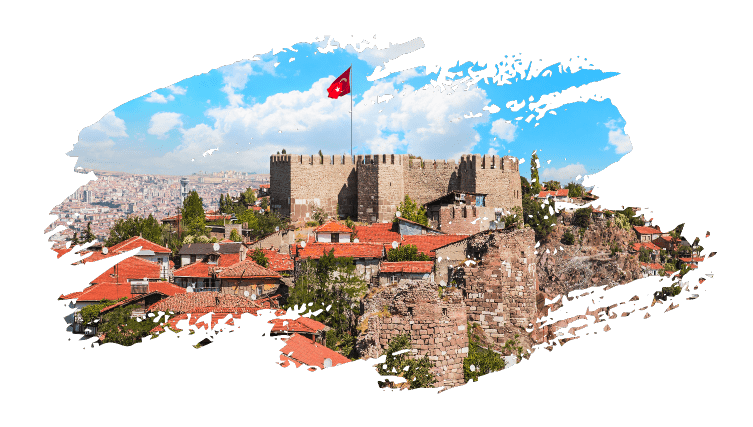
Utility-Based Classification of Forts:
Palace Forts : complexes might have palaces or residential quarters of the royal family. At times, a fort can acquire the basic character of an administrative and residential center and stop being an active military outpost for a variety of reasons like a change of empire boundaries, a shift of capital, etc. Other times the fort can act both as a strategic military station along as a residential center. India is blessed with many Indian forts gabbing beautiful palaces that exhibit superior architectural grandeur. One of the best examples are:
City Fort : When forts attract a good amount of population from far away places and bring about a social economy around it, it is a typical city fort. This might mean an entire city being built around or near the fort. While other times, a properly built existing city can then be enclosed within fortifications and defensive walls for their protection. These complexes often have palaces, agricultural farms, schools, places of worship, and residential quarters to sustain the population through wars. Some of the examples of fort within cities are:
Trading Forts : Fortress built as centers of financial and commercial activities. A factory set up as a warehouse or a trade link gained strategic importance and was secured for protection. The forts developed by European powers in India are perfect examples of trading forts. Trading forts that were built by the Britishers during the colonial era are:
These different forts coming from different eras and generations were mostly built using stone, mortar, lime mortar, or rubble. Interestingly, there were also practices of burying humans either dead or alive in the foundations of the fort walls based on the period they were coming from. It was believed to protect the fort from dangers. While these forts speak about their marvel and beautiful history in themselves, these are something that needs to be preserved and refurbished from time to time. It might be built by different Maharajas or Emperors of different eras but they are the heritage wealth of our country India along with contributing to its economic growth.
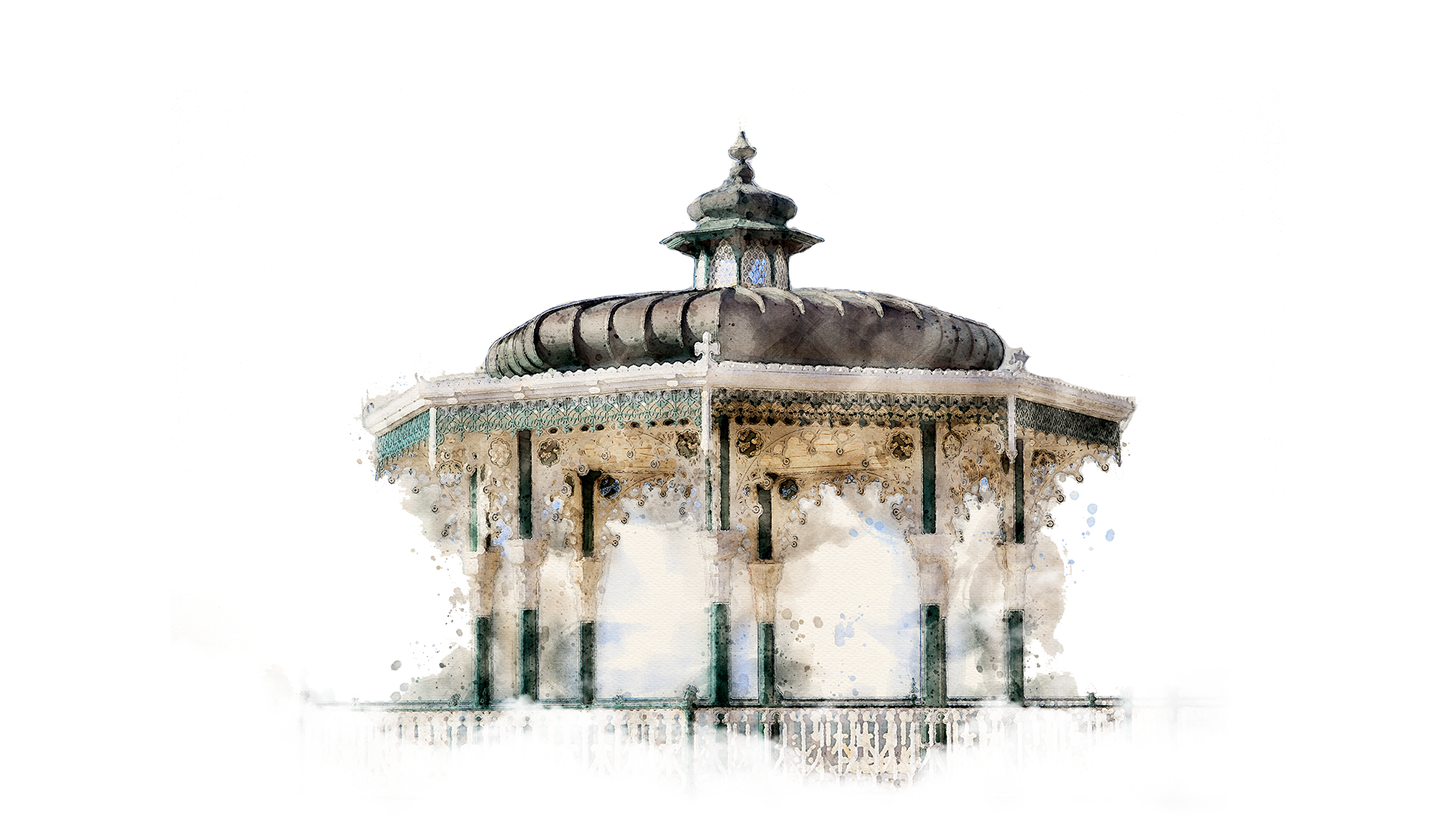
For all enquiries, please fill in the form below. We will get back to you soon.